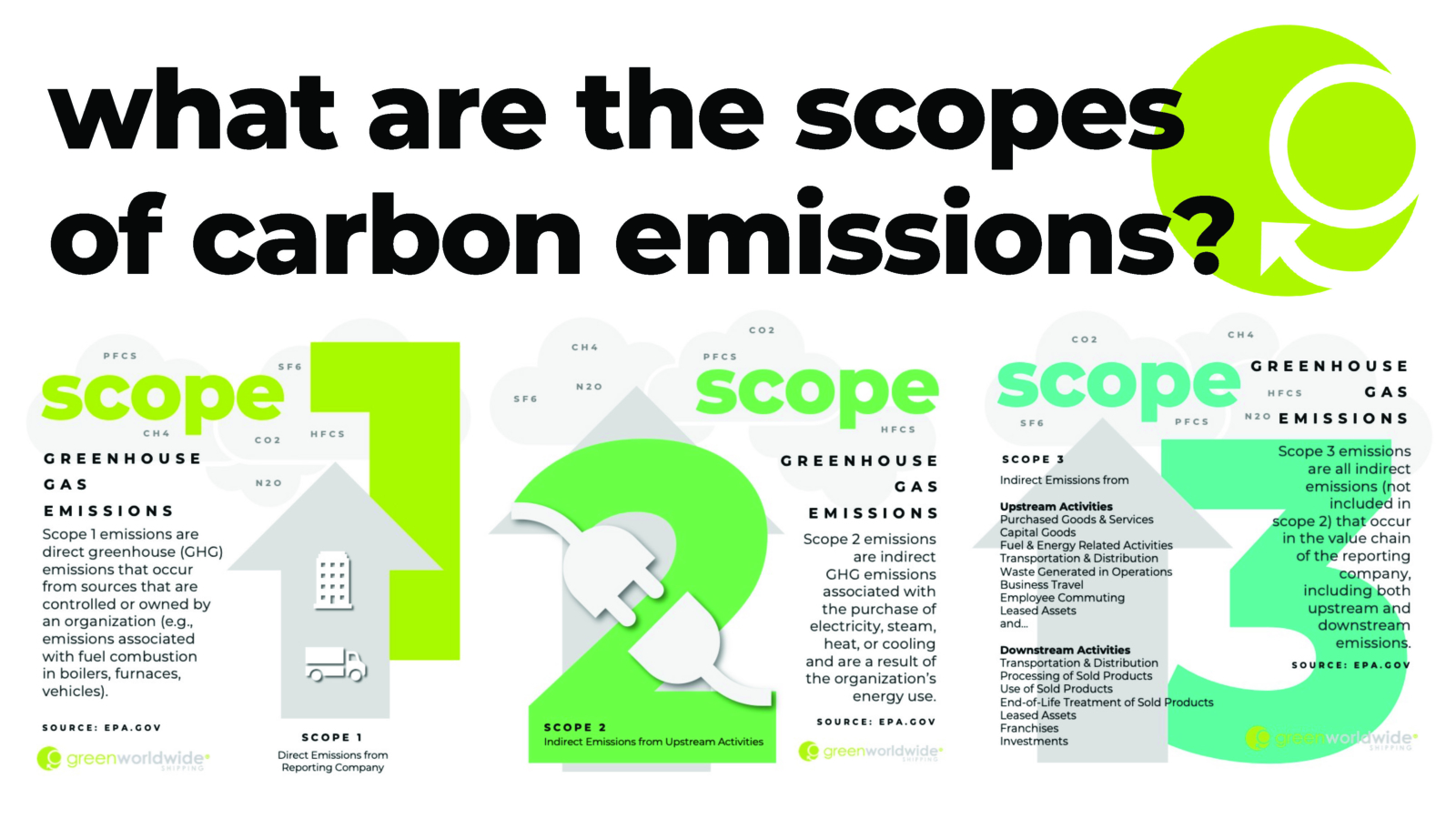Gases that trap heat in the atmosphere and make the planet warmer are called greenhouse gases (GHG).
Human activities are responsible for almost all of the increase in greenhouse gases in the atmosphere over the last 150 years. These greenhouse gas emissions come from burning fossil fuels for electricity, heat, and transportation.
Carbon dioxide (CO2) is the primary greenhouse gas emitted through human activities.
Carbon dioxide enters the atmosphere through burning fossil fuels (coal, natural gas, and oil), solid waste, trees and other biological materials, and also as a result of certain chemical reactions (e.g., manufacture of cement).
Carbon dioxide is removed from the atmosphere (or “sequestered”) when it is absorbed by plants as part of the biological carbon cycle.
Organizations’ supply chains often account for more than 90 percent of their greenhouse gas (GHG) emissions, when taking into account their overall climate impacts.
Over the last decade, organizations across every industry that are dedicated to reducing their global carbon footprint must calculate, mitigate and manage their greenhouse gas emissions to reach the ultimate goal – becoming Climate Neutral.
The United States Environmental Protection Agency (EPA) has defined GHG Emissions into three scopes:
SCOPE 1 – DIRECT, REPORTING COMPANY
Scope 1 emissions are direct greenhouse (GHG) emissions that occur from sources that are controlled or owned by an organization (e.g., emissions associated with fuel combustion in boilers, furnaces, vehicles).

SCOPE 2 – INDIRECT, UPSTREAM ACTIVITIES
Scope 2 emissions are indirect GHG emissions associated with the purchase of electricity, steam, heat, or cooling and are a result of the organization’s energy use.

SCOPE 3 – INDIRECT, UPSTREAM & DOWNSTREAM ACTIVITIES 
Scope 3 emissions are all indirect emissions (not included in Scope 2) that occur in the value chain of the reporting company, including both upstream and downstream emissions.
Upstream Activities
- Purchased Goods & Services
- Capital Goods
- Fuel & Energy Related Activities
- Transportation & Distribution
- Waste Generated in Operations
- Business Travel
- Employee Commuting
- Leased Assets
and…
Downstream Activities
- Transportation & Distribution
- Processing of Sold Products
- Use of Sold Products
- End-of-Life Treatment of Sold Products
- Leased Assets
- Franchises
- Investments
For more information, visit the EPA Center for Corporate Climate Leadership.
NEED HELP CALCULATING, OFFSETTING AND MANAGING YOUR SUPPLY CHAIN CARBON EMISSIONS?
talk to a supply chain expert
Contact Green Worldwide Shipping Sustainability Experts for Certified Climate Neutral programs.






